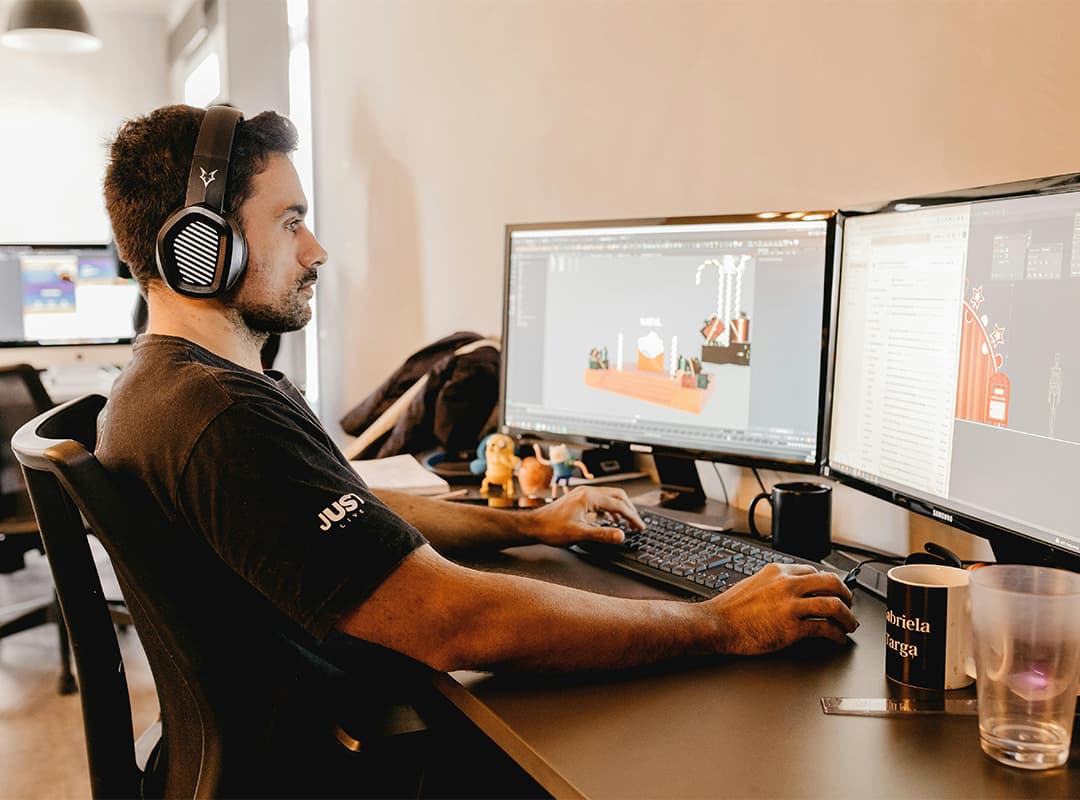In the realm of video production, choosing the right software can significantly impact the quality and efficiency of your projects. With a plethora of options available, ranging from user-friendly programs designed for beginners to advanced professional tools, it’s essential to understand the differences between these categories and how to select the best one for your needs. This article will guide you through the key factors to consider when choosing between simple and professional video software.
Understanding Video Software Categories
Before delving into selection criteria, let’s briefly outline the two main categories of video software:
- Simple Video Editing Tools:
- Designed for beginners or casual users, these tools typically offer a user-friendly interface with drag-and-drop functionality.
- They provide basic features such as trimming, cutting, and adding music or text overlays.
- Examples include iMovie, Windows Movie Maker, and Filmora. These programs are ideal for creating quick videos, social media content, or simple presentations.
- Professional Video Editing Software:
- Aimed at experienced users, these tools offer advanced features and greater control over the editing process.
- They support complex tasks such as color grading, multi-camera editing, motion graphics, and audio mixing.
- Examples include Adobe Premiere Pro, Final Cut Pro, and DaVinci Resolve. These programs are suitable for filmmakers, content creators, and anyone involved in professional video production.
Factors to Consider When Choosing Video Software
1. Skill Level and Experience
Your skill level is a crucial factor in selecting video software:
- Beginners: If you’re new to video editing, opt for simple tools with intuitive interfaces and straightforward workflows. Look for programs that offer tutorials or built-in guidance to help you learn the basics.
- Intermediate to Advanced Users: If you have some experience, consider software that offers a balance between user-friendliness and advanced features. This allows you to explore new editing techniques without feeling overwhelmed.
- Professional Editors: For seasoned professionals, advanced tools that provide in-depth features and customization options are essential. Look for software that caters to your specific needs, whether it be color correction, audio editing, or special effects.
2. Project Requirements
Evaluate the complexity of your projects to determine the software you need:
- Basic Projects: If you’re creating simple videos, such as home movies or social media clips, a simple editing tool will suffice. Look for features like drag-and-drop, built-in effects, and straightforward export options.
- Complex Projects: For more demanding projects, such as short films or promotional videos, professional software is necessary. Features like multi-track editing, advanced color grading, and support for high-resolution formats will enhance your workflow and output quality.
3. Budget
Your budget plays a significant role in choosing video software:
- Free or Low-Cost Options: If you’re starting, consider free tools like HitFilm Express or DaVinci Resolve (which has a free version). These programs provide professional-level features without a price tag.
- Subscription Models: Many professional tools, like Adobe Premiere Pro, operate on a subscription model. While this can provide access to the latest updates and features, be sure to factor in ongoing costs.
- One-Time Purchase: Some software, like Final Cut Pro, requires a one-time purchase. This can be a more budget-friendly option for those who prefer not to pay monthly fees.
4. Compatibility and System Requirements
Ensure that the software you choose is compatible with your operating system and meets your hardware specifications:
- Operating System: Check if the software is available for Windows, macOS, or Linux. Some programs may be exclusive to a particular platform.
- Hardware Requirements: Professional video editing often requires a powerful computer with a good GPU, ample RAM, and sufficient storage. Verify the system requirements before purchasing or downloading software to avoid performance issues.
5. Future Growth and Scalability
Consider your future needs and whether the software can grow with you:
- Features and Updates: Look for software that receives regular updates and new features. This will keep you equipped with the latest tools and technology.
- Scalability: If you plan to expand your skills or take on more complex projects, choose software that offers additional features or modules. This allows you to grow without needing to switch tools.
6. Community and Support
Having access to a supportive community and resources can greatly enhance your editing experience:
- Online Tutorials and Forums: Software with a strong community offers tutorials, forums, and user groups. This can be invaluable for learning tips and tricks or troubleshooting issues.
- Customer Support: Consider the availability of customer support or help resources. Professional tools often offer dedicated support channels, which can be crucial for resolving technical issues quickly.
Choosing the right video software involves careful consideration of your skill level, project requirements, budget, and future growth potential. By understanding the differences between simple and professional tools, you can make an informed decision that aligns with your needs.
Whether you opt for a user-friendly program for basic edits or a powerful professional tool for complex projects, the right software will enhance your video editing experience and help you create stunning content. Remember, the best choice is one that fits your current needs while allowing room for growth as your skills and projects evolve.


